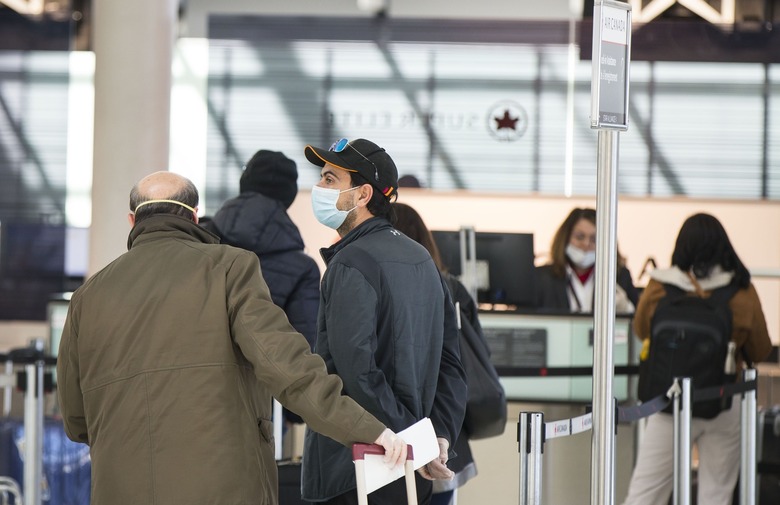Flying In The Time Of Coronavirus Is An Absolute Nightmare
- Air traffic has collapsed over the past month or so in a historic and unprecedented decline due to the coronavirus pandemic.
- The pandemic has wiped out almost all business for air carriers that have resorted to flying what are essentially ghost planes with just a handful of passengers.
- Here's one account of what passengers can expect for the few of you who are getting on planes right now amid the coronavirus pandemic.
- Visit BGR's homepage for more stories.
Believe it or not, there are still some people who are getting on planes and flying right now amid the coronavirus pandemic, despite the fact that airports everywhere are virtual ghost towns. A month ago, airlines had started flying nearly-empty planes with just a handful of passengers on them, and the TSA was screening as few as 83,000 passengers a day, down from more than 2 million during the same point in 2019. Further underscoring the unprecedented moment the country is in, all commercial US airlines by May 11 will for the first time require passengers and crew to wear face masks.
Reading all this, though, you might be tempted by a particular thought — if practically no one is flying right now, wouldn't this actually then be one of the safest times to fly right now? There will probably never be fewer people on planes and in airports than there are right now, so your risk in terms of picking up germs and, god forbid, the coronavirus, is practically nothing right now, right?
Maybe, but regardless, here's a taste of what you're in for if you do decide to get on a plane at the moment. And this is purely about the flying experience, not about everything that would confront you once you get off the plane, such as the fact that many businesses might still be closed or operating with reduced hours in whatever city you're flying to. Also, some states are mandating that visitors self-quarantine themselves for 14 days.
McKay Coppins is a writer for The Atlantic, and he writes that a recent flight turned out to be "more stressful — and surreal — than I'd planned for."
"The scenes played out like a post-apocalyptic movie: Paranoid travelers roamed the empty terminals in masks, eyeing one another warily as they misted themselves with disinfectant." Throughout the airport, he continues, he heard the dystopian-sounding echo of PSAs from the US Centers for Disease Control and Prevention.
During his initial flight, the pilot came over the intercom to say that because the plane was so empty it would experience a very rapid acceleration for takeoff. Coppins spent most of the flight dipping into a bag of Lysol wipes and scrubbing everything within reach.
This was all after a bit of a standoff when he first took his seat. "We apologize for the alarming amount of passengers on this flight," an attendant said over the intercom as everyone was filing in. As Coppins made his way to his seat, a man in the seat beside him snapped. "Sit there," he said, pointing to the aisle behind them. "Social distance."
In the restroom during his layover at Chicago's O'Hare airport, men shot menacing glances at anyone who got too close to them while washing their hands in the sink. A shouting match broke out among some guests at the food court, requiring police intervention.
The CDC is still recommending against nonessential travel right now. With the arrival of summer, though, it's all but guaranteed that people are going to be desperate to get out of the house, get back on the road, and maybe even back into the skies. The factor that will be most determinant about how soon all that happens, though, involves how people feel about their safety, and if they're ok with the risks and potential trade-offs involved. "Until we stop reflexively seeing people as viral threats," Coppins writes, "those old small pleasures we crave are likely to remain elusive."
